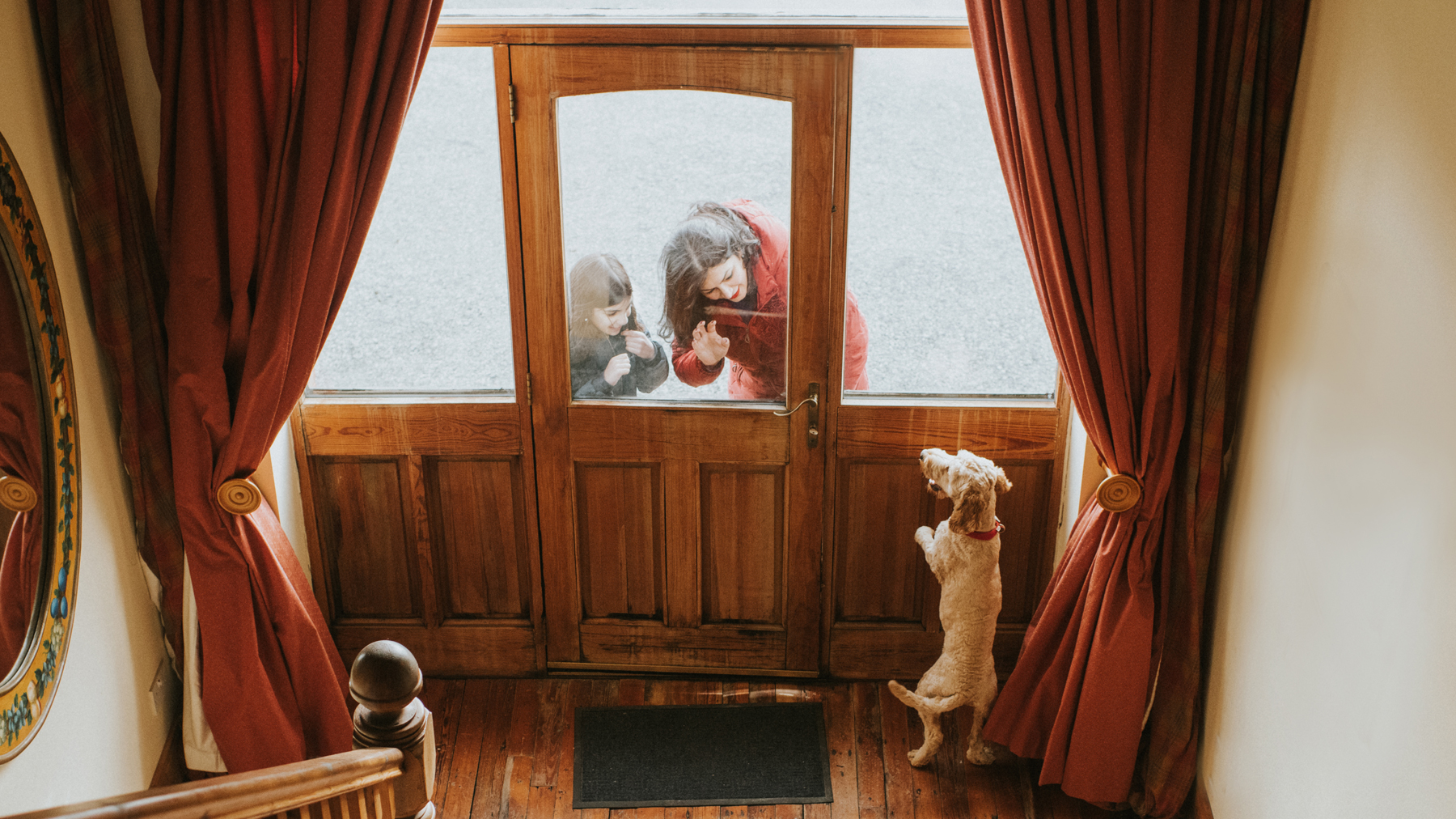Dog trainer shows how to reduce separation anxiety using just two steps
Does your dog bark and whine whenever you leave the house? These trainer tips could help overcome your canine’s separation fears

Having a cuddly pup is all fun and games until you want to leave the house without your dog’s barks echoing through your neighborhood. Although the issue may be persistent right now, there are methods that can help train your dog out of this habit and relieve their struggles with separation anxiety.
Sometimes, it doesn’t matter if your house is fully decked out with the best puppy toys and the longest lasting dog chews, a dog can still be distracted by the fact you’ve shut the front door and left them on their own.
If you’re eager to nip this habit in the bud, Sam Hoke, a certified professional dog trainer has demonstrated in a short Tiktok how he approaches this issue. In the video that you can watch below, he shares how he helped an anxious dog called Dino transform from being a barking mess when left all alone, to sitting calmly and quietly after just one training session.
@dogtrainerofficial ♬ original sound - Sam Hoke | Dog Trainer
When dealing with dogs who suffer from separation anxiety, Hoke is all about teaching the dog that barking is not going to get them what they want. He does so by breaking his training session up into two sessions.
Step 1)
The first thing to do is practice leaving your dog in a room on his own. Hoke says that whether it lasts five seconds or fifty minutes, do not reenter the room until he stops.
As Hoke practices this with his pup Dino, he explains why this step is important, "I’m teaching him that the only thing that gets me back into the room is his good behavior".
Step 2)
PetsRadar Newsletter
Get the best advice, tips and top tech for your beloved Pets
This second step involves using a crate. According to Hoke, there should be nothing that allows a dog to whine or cry to get what they want, including the crate. To reinforce this he puts his dog Dino in a crate and walks away. The dog starts to whine a little bit, "It’s only when he stops whining that he gets what he wants," says Hoke.
He explains the point of this exercise is to teach your dog that there is a state of mind that we prefer and good things happen to them when they are in that state of mind.
"So when we do it a second time there is no whining at all. He is learning that that behavior of whining and barking does not speed this up, only (by) relaxing and waiting patiently does he get what he wants," says Hoke, "Throughout sessions, we extend the time that he needs to remain calm and whenever he is, I let him out of the crate and I play with him."
If you don't see any improvement using this training method you can always seek out some 1:1 sessions with a professional dog trainer or behaviorist.

With over a year of writing for PetsRadar, Jessica is a seasoned pet writer. She joined the team after writing for the sister site, Fit&Well for a year. Growing up with a lively rescue lurcher kindled her love for animal behavior and care. Jessica holds a journalism degree from Cardiff University and has authored articles for renowned publications, including LiveScience, Runner's World, The Evening Express, and Tom's Guide. Throughout her career in journalism she has forged connections with experts in the field, like behaviorists, trainers, and vets. Through her writing, Jessica aims to empower pet owners with accurate information to enhance their furry companions' lives.
